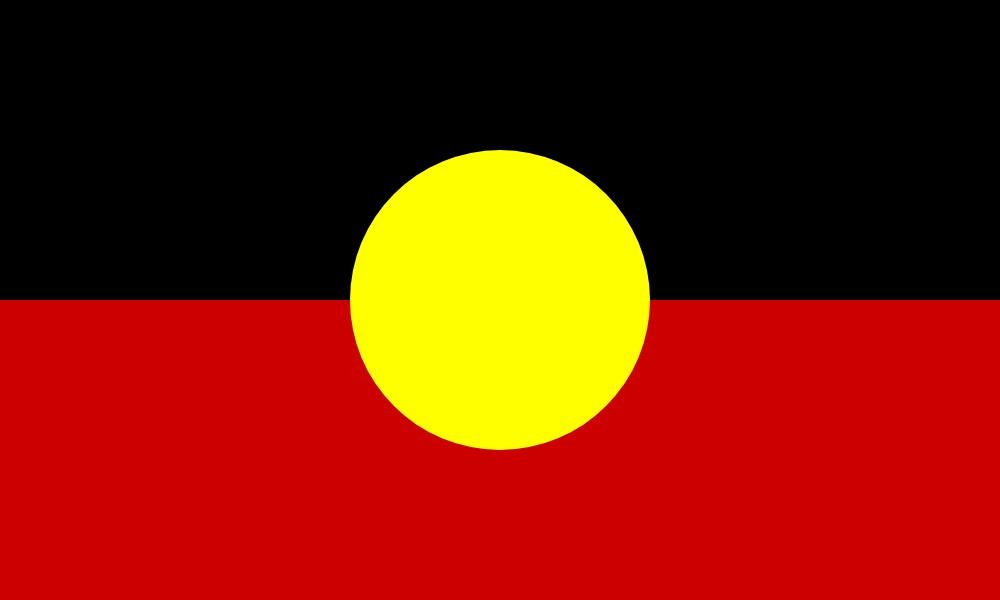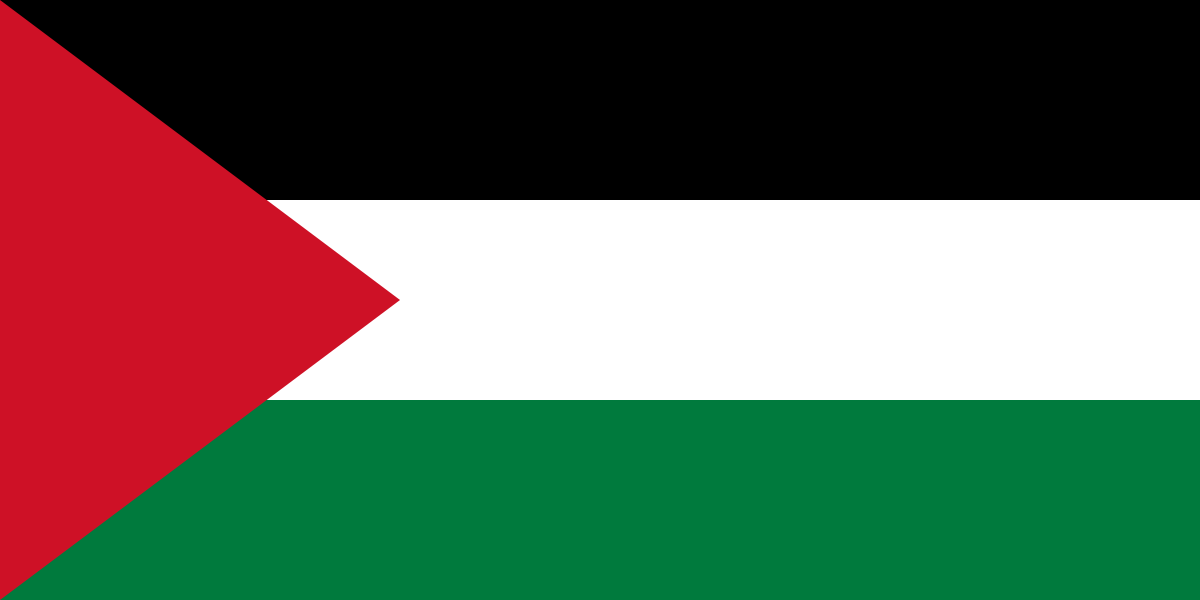there's an environmental history book about the tall grass prairie called "Where the Sky Began" that I really enjoyed that paints the picture from accounts of early settlers and their inability to comprehend the prairie.
there are only 3 grasslands of that scale on the entire planet, and none of them are in europe where they settlers were from. they suspected the relative lack of trees was due to "poor" soils (lol) and many were just plain scared of being under the all that sky, unprotected by forest. he talks about the hesitancy of many settlers to try living on prairie and a cultural phenomenon of those that tried and ultimately returned to the eastern, forested towns out of inability to tolerate the sensation of being exposed.
for my own part, I've met and know many people who have lived for generations in forested mountains that do not like being in the open, flat lands and feel vulnerable/unprotected in that ecological context.

